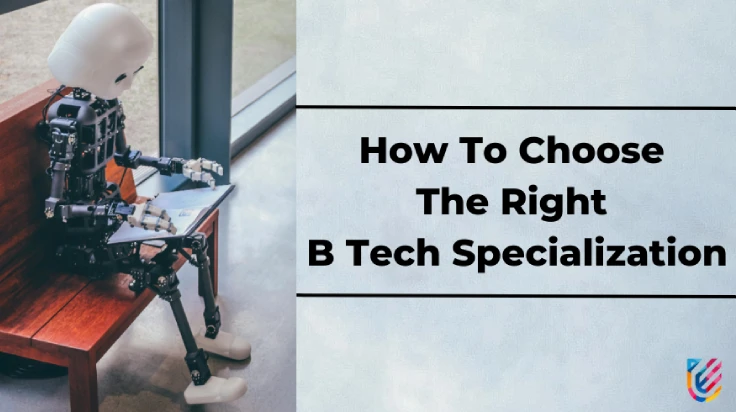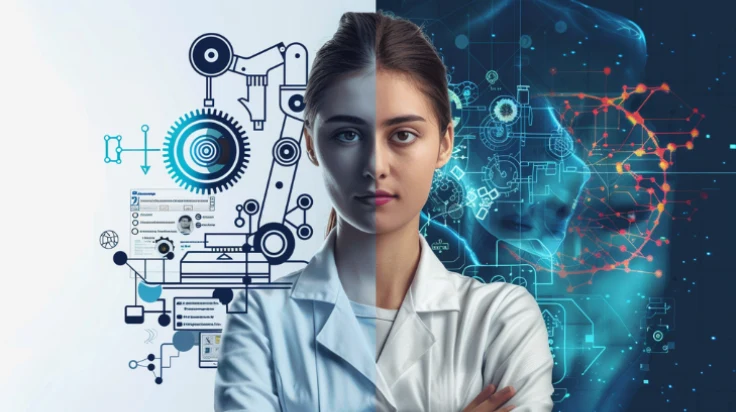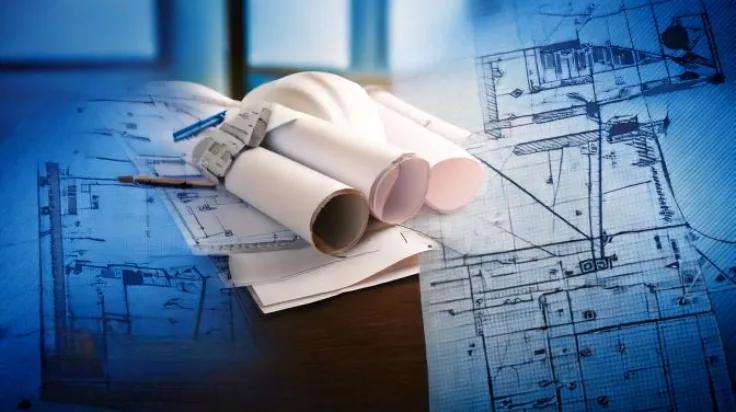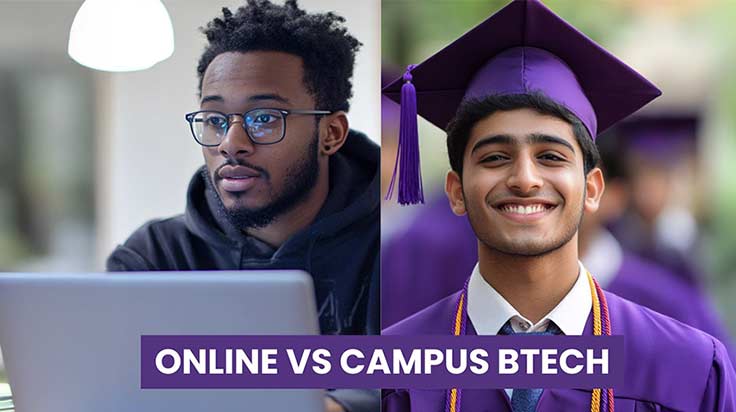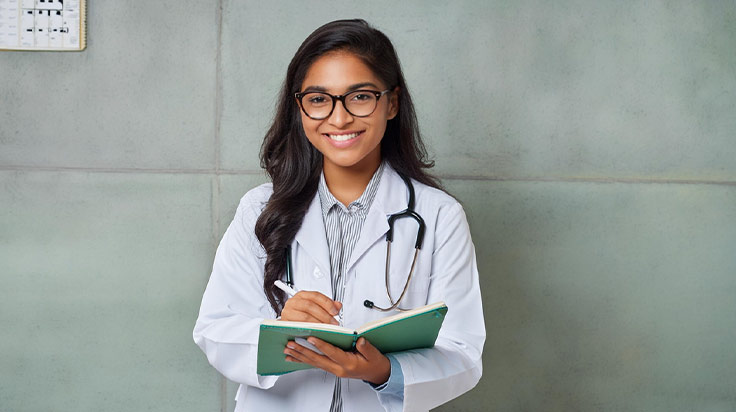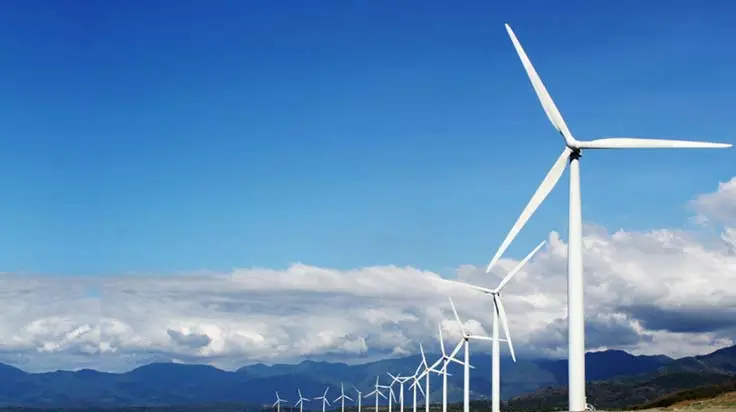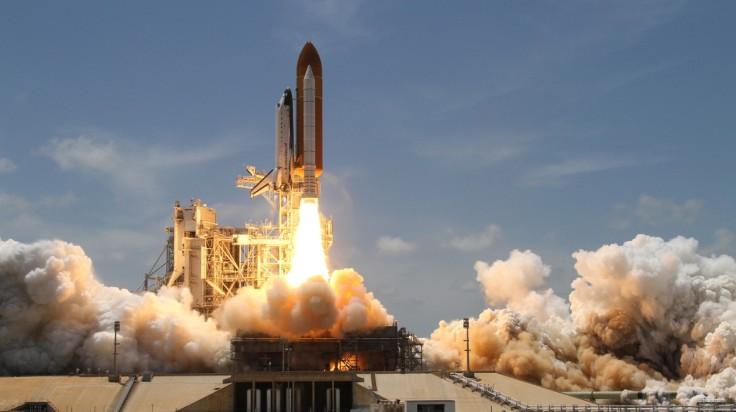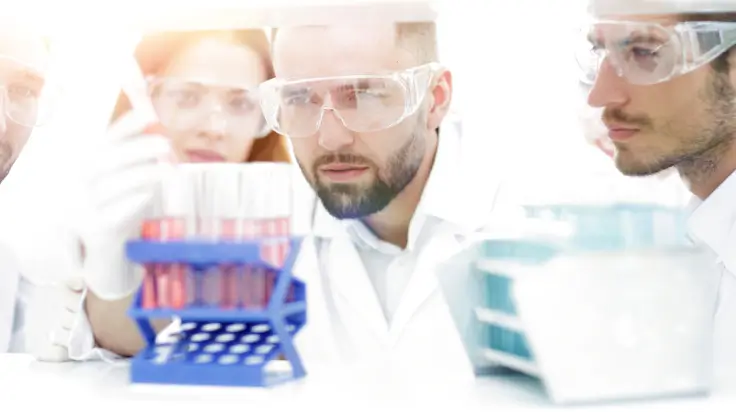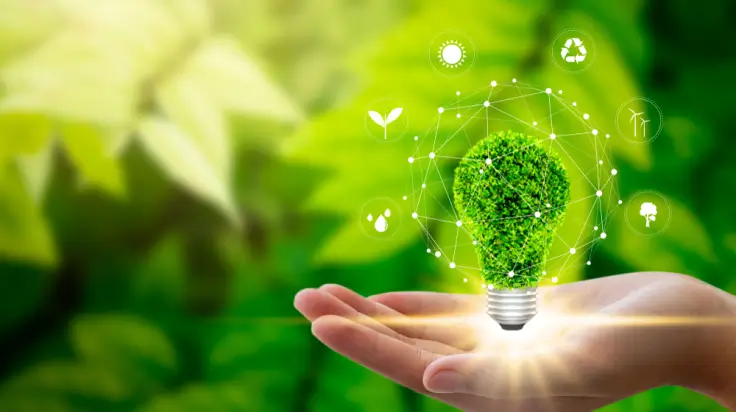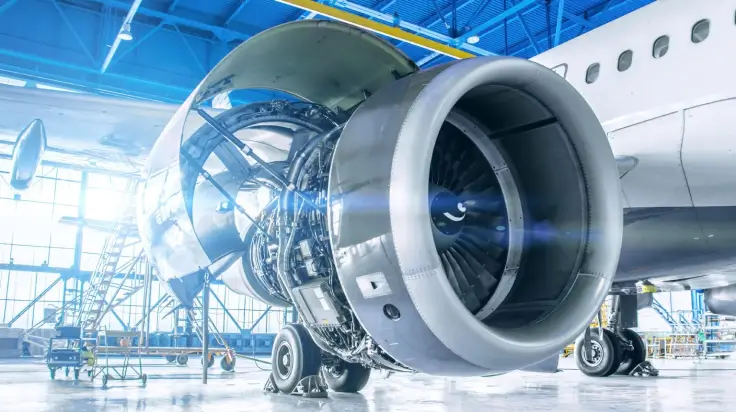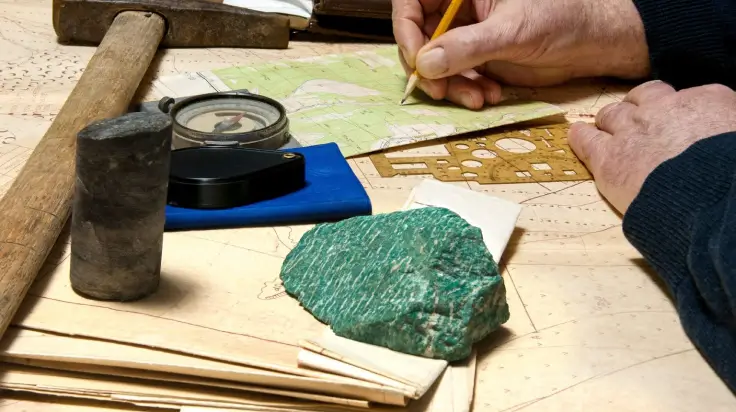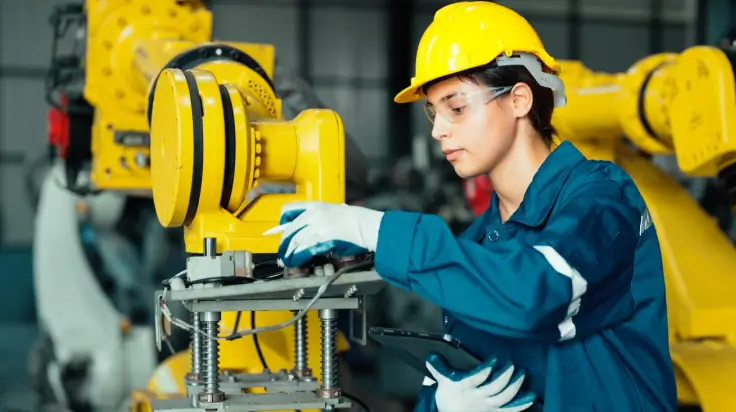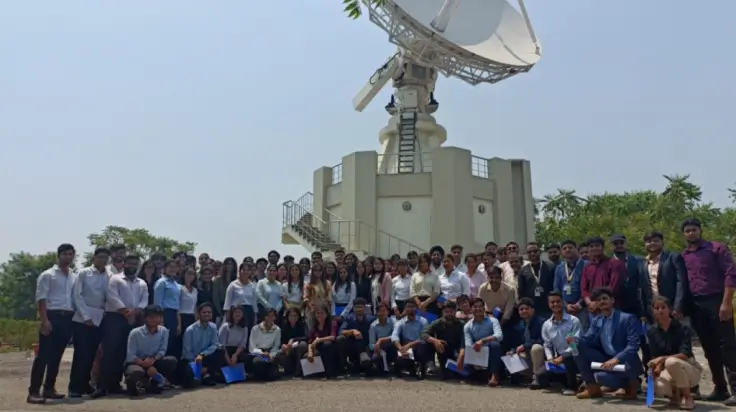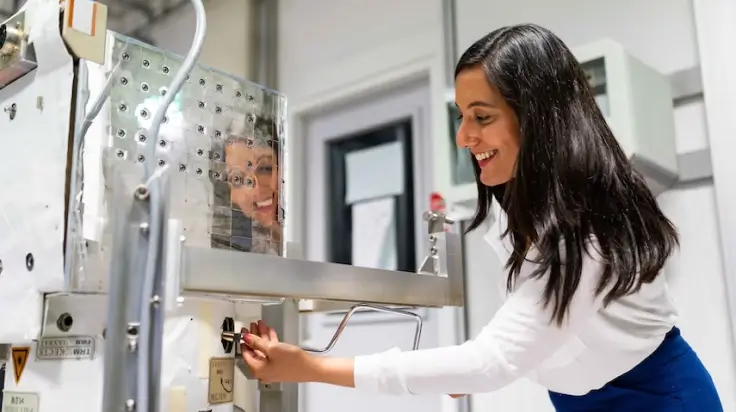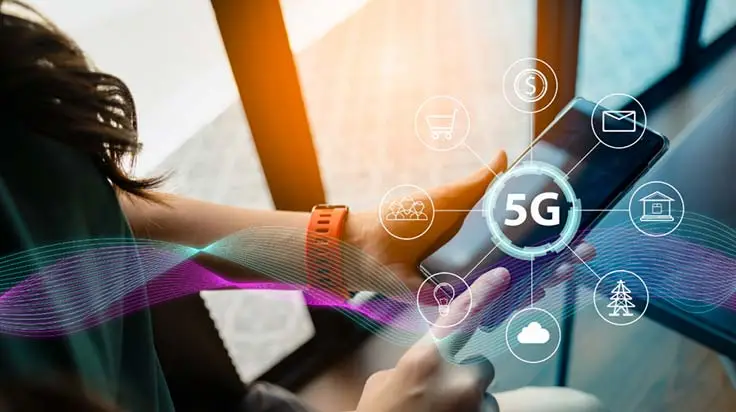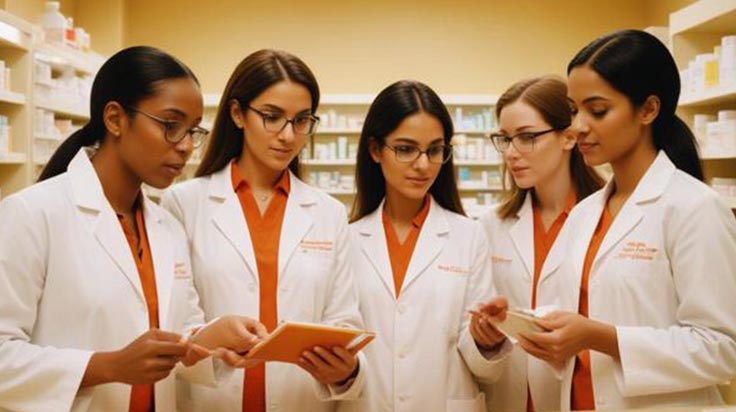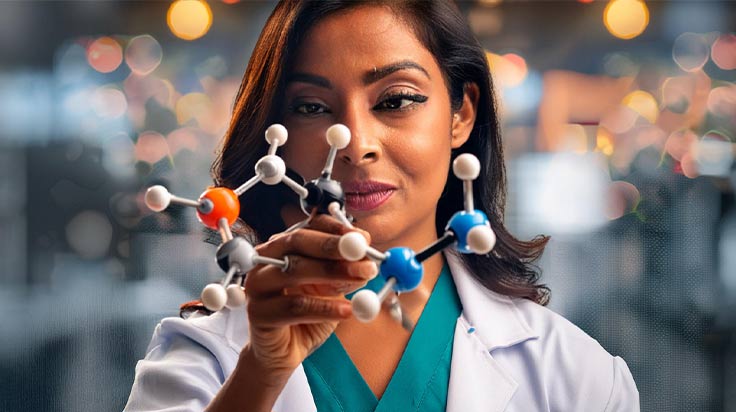In UPES web talk, defence expert decodes the engineering behind Rafale jets
- Ekta Kashyap
- Published 03/05/2021
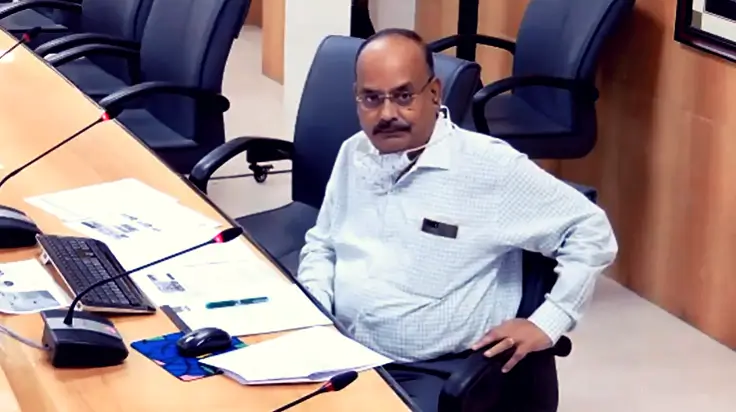
Dr. C. P. Ramanarayanan, Vice-Chancellor of Defence Institute of Advanced Technology (DIAT) under Ministry of Defence, unravels the capabilities of Rafale jets, explains the ‘extremes of engineering’, and reasons why the days of one country winning over another in a full-fledged war are over
Hydraulics go. Pressures go. Countdown begins…321 and the Delta II rocket lifts off with the Mars Exploration Rover.
This was 2003.
Seven months later in January 2004, two rovers – Spirit and Opportunity – landed on Mars in separate locations.
“Any microsecond mistake in any of the control system actions would have taken the rovers from Mars to maybe Saturn,” points Dr. C. P. Ramanarayanan, Vice-Chancellor of the Defence Institute of Advanced Technology (DIAT), Ministry of Defence, Govt. of India, as he explains to the audience about the intricacies of engineering marvels.
He was addressing a web talk on ‘Rafale: An Advanced Multirole Combat Aircraft’ organised by UPES.
Dr. Ramanarayanan has contributed immensely to defence, research, development, and technology management during his illustrious career of over 36 years. He received the ‘Scientist of the Year Award’ in 2003 from the then Prime Minister Dr. Manmohan Singh and the ‘Technological Leadership Award’ in 2015 from the Defence Minister of India. In addition, he has received several honours and citations from various professional societies and academic institutions.
Dr. Ramanarayanan begins the session with a piece of advice for the students. “We all agree that knowledge is power. You should orient yourself to gain maximum knowledge from whatever source is available. For a good practising engineer, only bookish knowledge is not enough; what matters is how best you interpret the data available with you to make meaningful conclusions and headways in technical problems.”
In the next one hour, he meticulously details the evolution of fighter aircraft in terms of their role, design, and capabilities. Excerpts:
Classification of aircraft
The classification of aircraft in the military domain depends on several characteristics such as:
- Role: It could be a fighter aircraft or a bomber aircraft with long-range missions to carry bombs and drop them at the designated place. Then there is transport aircraft for carrying soldiers, vehicles, and even main battle tanks.
- Technicality: Aircraft can be fixed-wing (wings do not rotate) or rotary-wing (such as helicopters; their lift is generated by the propeller).

- Tonnage: Depending upon the tonnage of the aircraft (which also includes their payload), they are grouped into three categories: Light combat aircrafts weighing below 10 tonnes (such as ‘Tejas’); medium weight category ranging between 10 and 20 tonnes; above 20 tonnes are heavy-weight aircraft like Rafael and Su-30.
- Missions are also defined based on this classification. Most of the lightweight aircraft have a single engine; whereas the heavyweight aircraft have two engines to give an additional thrust and surplus fuel consumption.
- Naval aviation: It is all together with a new class. The best pilots in the world are those who fly aircraft onboard an aircraft carrier. I got the opportunity to fly in one of the trainer aircraft. Our aircraft carrier was looking like a matchbox. I asked the pilot, “Are we going to land in this matchbox?” He said, “Yes”.
- The precision required, the decision-making abilities, and the operational effectiveness of the pilot as well as the propulsion system of these types of aircraft are the extremes of engineering.
- UAV: The other domain is Unmanned Aerial Vehicle (UAV) used for surveillance, weapon delivery, and carrying out civil operations.
Generation of fighter aircraft
Coming specifically to fighter aircraft, every generation depends upon the technology available during that time. The first-generation fighter aircraft was used between the 1940s and the 1950s. These aircraft did not have radars for self-defence. They had machine guns, cannons and hand-guided bombs. They were sub-sonic (flying at a speed less than the speed of sound.)
Thereafter, every generation of fighter aircraft had a defined technological upgrade in terms of avionics structure, stealth, and propulsion.
A generational shift in a fighter aircraft occurs when a technological innovation cannot be incorporated into an existing aircraft through up-gradation/retrofit. For example, the first generation aircraft did not have a thrust vector nozzle required to go for supersonic speeds.
You cannot attach a thrust vector nozzle to a first-generation aircraft and make it second-generation because this will amount to a total redesign of the engine. Therefore, a new design system in the propulsion system came up and they were called the second-generation aircraft.
Rafale belongs to the four-and-a-half generation (the late 1980s and into 1990s). It is not a fifth-generation aircraft. The difference between the two generations is the active electronic surveillance that was incorporated in the newly-built fourth-generation aircraft, which enhanced self-protection and detection of enemies.
This quantum jump was neither a generational leap nor a dive that could have been ignored. That is why an in-between definition was created called the four-and-a-half generation.
An F-22 Raptor, which is supposed to be the most modern aircraft, is an example of a fifth-generation aircraft. It was introduced in 2005. India and Russia together developed the fifth-generation aircraft based on the Sukhoi model. However, it could not go into production due to financial constraints.
These aircraft are stealthy. If you see aircraft up to the four-and-a-half generation, most of their weapons are mounted externally. You can see what all missiles and bombs they are carrying; the payload is visible, practically exposing the weaponry and power.
In the case of the fifth-generation aircraft, most of the weapons are stored inside the bay. We just cannot say what they are carrying. When a missile is to be fired or a bomb is to be dropped, that specific bay will open and that particular payload will get detached or launched. This gives an immense lead in terms of surprising the enemy with the available armoury.
From the engineering point of view, any external mounted missiles or bombs create external drag and resistance. Because of this, the engine power may not be adequate to take your manoeuvrability or a sudden turn as and when it is required during a mission. Once all of this goes into the belly of the aircraft, the surface becomes practically clean, and the aerodynamic profile of the aircraft comes under the designer, allowing him/her to optimise the performance during the flight.
This is a major technological jump in terms of the creation and maintenance of the stealth of the aircraft. The structure of the aircraft ensures that its radar signature is minimal, making it difficult for an enemy to detect a fifth-generation aircraft, including into his territory for an attack.
Generally, the exhaust of the engine leaves a distinctive mark as high-temperature gases come out. This heat signature has been effectively managed in the fifth-generation aircraft using the serpentine design. The inlet and the outlet of the aircraft engine are practically sunk into the aircraft itself, preventing the enemy to find out that an aircraft is approaching it based on the temperature profile of the engine.
When an aircraft wants to return after the completion of a bombing or an interception mission, it switches on the afterburner to leave the enemy territory quickly. In such case, the aircraft becomes more susceptible because of the high temperature of the gases that get exhausted.
The supercruise feature in the fifth-generation aircraft allows sustained supersonic flight by using the main control of the power plant, without switching on the afterburner.
In India, we have a program called Advanced Medium Combat Aircraft (AMCA), to develop fifth and sixth-generation fighter aircraft.
Choosing an aircraft for a mission
The aircraft should have a long life cycle; it should be able to perform throughout its life with the same effectiveness. There is essential maintenance that needs to be done to keep the aircraft flying as if it was bought yesterday. So, maintenance cost is a predominant factor.
For example, when we were trying to develop the ‘Tejas’ aircraft in the 90s for the Pokhran explosion, we had purchased 404 engines from the Americans. They were sent back to the US for periodic maintenance.
When this experiment was conducted by the government of India, the US government took a serious objection, declined military cooperation, and refused to send the engines back to India after maintenance. See the situation: We paid for the engine, its maintenance, and the charges for lifting the engine from Bangalore to Boston, but they refused to return the engine. This is arm-twisting, which can happen if you do not have sufficient technology.
Cost of flight and weapons are the other two factors that help in selecting a certain aircraft.
The team behind it all
As a team, individuals forget their own identity and make the mission successful. The team comprises of the following:
- The fighter pilot who risks his life every time he flies
- The flight test engineer checks the aircraft for performance and safety, certifying that the aircraft is eligible to fly
- The flight clearance crew on the ground and the flight controller. You must have heard about ‘Operation Balakot’. One lady flight controller on the ground was guiding the pilot using the flight control radar that shows the entire sky for about 200 km ensuring that the pilot remains unhurt
- The weapon crew and the ground crew (also known as the parachute folding crew)
Rafale’s boost to India’s air dominance

The length of Rafale is 15.30 metre; its range is 3,700 km, is immune to radar jamming, and can climb up to 50,000 feet (commercial aircraft are permitted to go between 30,000 and 35,000 km). A twin-jet fighter aircraft, it can carry loads of up to 9,500 kg. It has an air-to-air meteor missile, can strike targets 100 km away; has an air-to-surface scalp missile, and can strike stationary objects. It has cannon with 2,500 rounds per minute, capable of carrying nuclear weapons, a radar warning receiver, and cold engine start capability. It can operate from high-altitude bases.
Chances of two countries going on a full-fledged war like 1971
In my opinion, it is most unlikely. Gone are the days of one country winning over another. That option does not exist. Each country today can effectively create a painful situation for the other without achieving the ultimate victory.
Nuclear-armed countries going on a full-fledged war will be the end of the game. Since the end results are known, the governments of each country and the bureaucracies and those involved in decision-making will think several times before going to war. Even in such a situation though, India is braced up – we are a nuclear triad. We have nuclear weapons on the ground; we can carry nuclear weapons in the air and submarines.
However, let us pray and hope that such a situation doesn’t arise.
Becoming ‘Aatmanirbhar’ in fighter aircraft technology
In 2018, a presentation was made by the Defence Research and Development Organisation (DRDO) to the government. It showed that the cost of the projects in the pipeline (as of 2018) for manufacturing of engines for different requirements of India, would be around two lakh forty thousand crore, which would be given to foreign countries for manufacturing these engines.
If we can invest even 50% of that cost into our country by creating adequate manufacturing facilities, infrastructure, and trained manpower and put them in place, we will be able to save a huge amount of foreign exchange being paid to other countries. We will also be able to create ample facilities to start manufacturing in the future. A white paper has been submitted to the government in this regard.
India has around 500 engineers who can be called people with knowledge of design and development. This number is inadequate. To that extent, it is also the responsibility of the educational institutes to create qualified manpower. Industry and education should go hand-in-hand.
How can UPES contribute?
DRDO has created a Centre for Propulsion Technology, which is a multi-institutional collaborative research centre. Any academic institution which has the professional competency to take up the technological problems in propulsion technology, to begin with, can pick up a DRDO-funded project from the centre, complete it and deliver it back. From UPES, if there are faculty or PhD scholars who are interested to take up fundamental problems related to fighter aircraft, they can approach them.
Ekta Kashyap
The writer is a part of the UPES editorial team
Tags
- Engineering
- Rafale
UPES Admission Enquiry
Subscribe to UPES Blogs
Join our community for exclusive stories, insights, and updates
By clicking the "Subscribe" button, I agree and accept the privacy policy of UPES.










